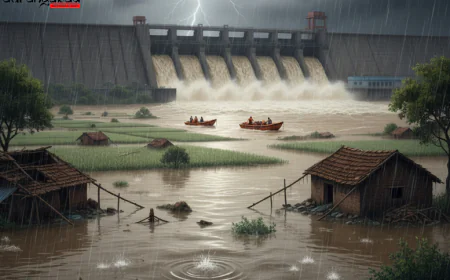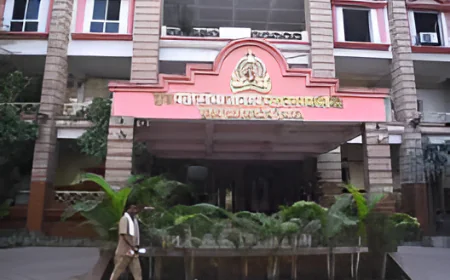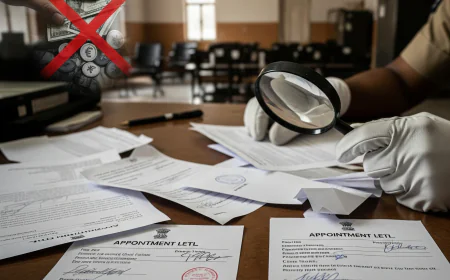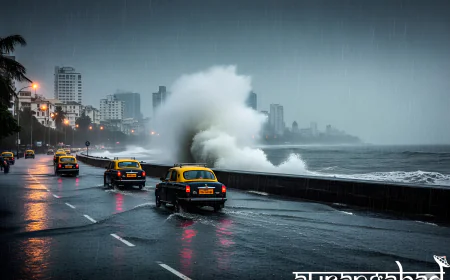Mumbai on High Alert: Heavy Rain and High Tide Warning Issued for the City
Mumbai faces a critical weather challenge as the Brihanmmumbai Municipal Corporation (BMC) issues a comprehensive warning for heavy rainfall coinciding with exceptionally high tides from July 24 to July 27. This article details the specific timings of these significant tidal events, the India Meteorological Department's (IMD) rain forecast, and essential safety advisories for residents to mitigate risks of severe waterlogging and urban flooding.
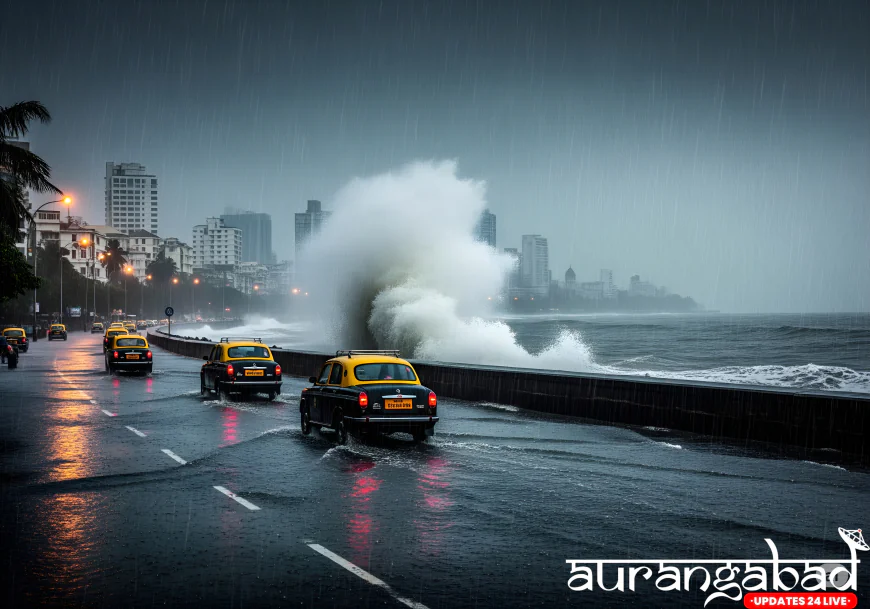
Mumbai, the bustling financial capital of India, is once again on high alert as the Brihanmumbai Municipal Corporation (BMC) has issued a critical warning for a combination of heavy rainfall and exceptionally high tides over the coming days. This dual threat, common during the city's monsoon season, raises concerns about widespread waterlogging, traffic disruptions, and potential urban flooding, particularly in low-lying and coastal areas. Residents are urged to exercise extreme caution and adhere to safety advisories issued by the authorities.
Understanding the Dual Threat: High Tide and Heavy Rains
The monsoon in Mumbai is often characterized by intense downpours, but when these coincide with high tides, the city's drainage system faces immense pressure. During high tide, the sea level rises significantly, impeding the natural outflow of rainwater from the city's drains into the Arabian Sea. This phenomenon leads to water accumulating on roads and in public spaces, causing severe waterlogging and, in worst-case scenarios, localized flooding.
The BMC has specifically warned of high tides exceeding 4.5 meters between July 24 and July 27, aligning directly with the India Meteorological Department's (IMD) forecast for heavy to very heavy rainfall. This combination is particularly perilous for a city like Mumbai, much of which is built on reclaimed land and lies close to sea level.
Specific High Tide Schedule: A Critical Window
According to the schedule released by the BMC, the following high tide timings and heights are crucial for residents to note:
-
July 24: 4.57 meters at 11:57 AM
-
July 25: 4.66 meters at 12:40 PM
-
July 26: 4.67 meters at 1:20 PM (expected to be the highest of this spell)
-
July 27: 4.60 meters at 1:56 PM
These are significant tide heights, capable of causing substantial inundation, especially when coupled with heavy rainfall. For context, the highest tide recorded this monsoon season was 4.75 meters on June 26, which also led to considerable disruption across the city. The upcoming tides, particularly on July 26, are very close to that level, necessitating heightened vigilance.
IMD's Rain Forecast: Intense Showers Expected
The IMD's forecast corroborates the BMC's warning, predicting heavy to very heavy rainfall at isolated places across Mumbai and its suburbs for July 24. Furthermore, the meteorological department has also indicated the likelihood of strong winds, with speeds ranging from 40 to 50 km per hour. Such gusty winds can exacerbate the situation by causing tree fall incidents, disrupting power supply, and potentially damaging temporary structures. The continuous nature of these rain spells, combined with the high tides, means that the city's infrastructure will be put under severe test.
Advisories for Citizens: Safety First
Both the BMC and the Disaster Management Department have issued fervent appeals to citizens to exercise special caution during this period. The advisories are particularly crucial for those residing in low-lying areas or close to the coastline, which are most susceptible to tidal surges and waterlogging. Key safety recommendations include:
-
Avoid Coastal Areas: Residents, tourists, and curious onlookers should strictly avoid visiting beaches, promenades, and other coastal areas during high tide timings. The powerful waves and strong undercurrents can be extremely dangerous.
-
Stay Indoors: Unless absolutely necessary, people are advised to remain indoors, especially during periods of intense rainfall and high tide.
-
Travel Precautions: For those who must travel, it is advisable to check local news and traffic updates for diversions or waterlogged routes. Avoid driving or walking through flooded streets, as open manholes or submerged obstacles pose significant risks.
-
Secure Belongings: Residents in flood-prone areas should take measures to secure their valuables and shift them to higher grounds.
-
Follow Authorities: Adhere strictly to the guidelines and instructions issued by the local administration, police, and disaster management teams.
-
Emergency Contacts: Keep emergency contact numbers (BMC control room, police, fire brigade) readily accessible.
Preparedness of Emergency Services
In anticipation of the challenging weather conditions, Mumbai's emergency services have been put on high alert. Disaster response teams, including the National Disaster Response Force (NDRF), Mumbai Fire Brigade, and BMC's various departments, are fully mobilized and strategically deployed across the city to provide immediate relief and undertake rescue operations if needed. Drainage pumps have been activated in critical waterlogging spots, and municipal workers are on standby to clear any blockages that might impede water flow. Hospitals and medical facilities have also been alerted to be prepared for any emergencies.
Mumbai's Monsoon Resilience: A Test of Strength
Mumbai's resilience during the monsoon has often been lauded, but each season brings its own set of challenges. The city's topography, coupled with a rapidly expanding population and aging infrastructure, makes it particularly vulnerable to the combined impact of heavy rains and high tides. This upcoming period will once again be a test of the city's preparedness and its citizens' ability to navigate through adverse weather. By prioritizing safety, staying informed, and cooperating with authorities, Mumbai can collectively minimize the risks posed by these anticipated severe weather conditions.




